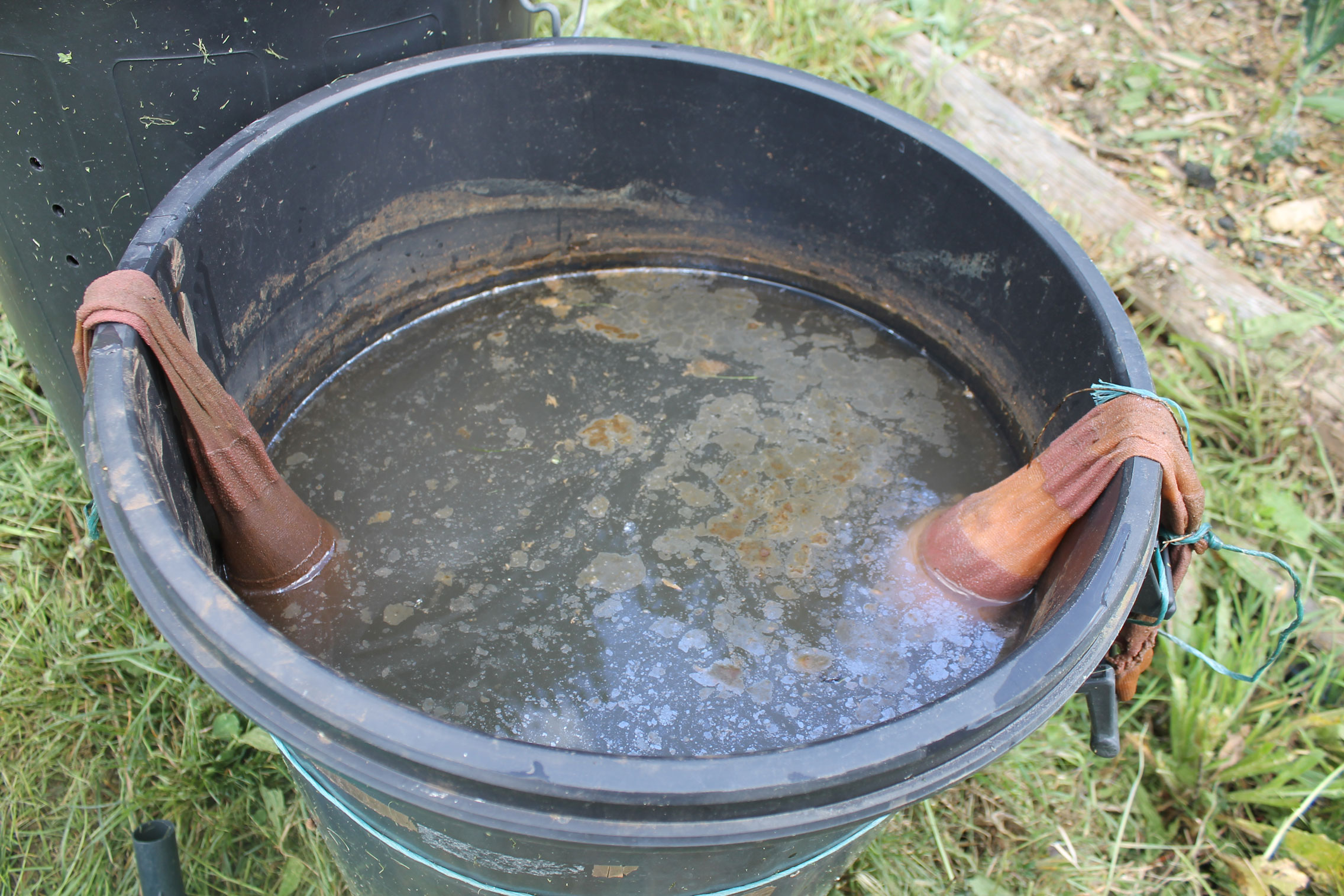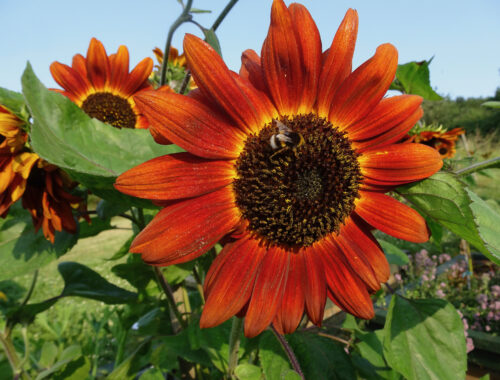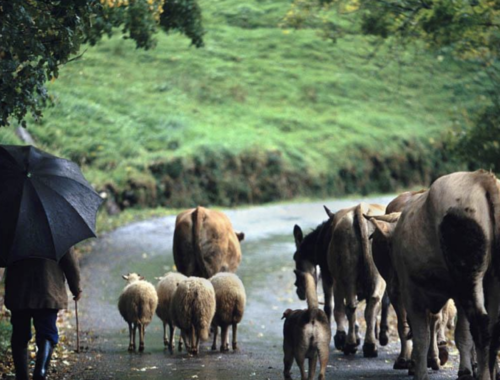
Dirt Cheap Fertilizer: micro-organisms
JADAM: people who are like nature
The year before last a friend introduced us to JADAM: ultra low-cost organic farming from Korea. JADAM means, ‘people who are like nature’ and refers to nature-like people who choose to follow the wisdom of nature. JADAM focuses on the growing cycle and is less all-encompassing than permaculture, which ironically for us turned out to be too prescriptive and not really suited to our life-style. There is a spirit to JADAM, that I found absent in permaculture. Gardening is different to farming, of course; there’s no profit involved and it’s much more relaxed and enjoyable, but I found many of the JADAM principles really useful. Especially, their idea of indigenous micro-organisms.
Indigenous micro-organisms
Every garden needs micro-organisms, they are the microscopic army that break down dead leaves and other material and turn it into soil. There is a big market in Effective Micro-organisms, generally sold as a blend of anaerobic micro-organisms, usually grown in a molasses based solution, that are applied to the soil. It does work, but it is expensive and I was uncomfortable with the idea of bringing in foreign micro-organisms, so I stopped using it after a year or so.
The concept behind micro-organisms is that they turn ‘dead soil’ into ‘living soil’ by providing the beneficial bacteria that help fix nitrogen, feed plants and suppress soil-borne pathogens. If you buy bags of compost from the garden centre or agro shop, it will be sterile. All the micro-organisms are cooked out of it. It’s good for starting off seeds, but will not sustain growing vegetables very well. Well-rotted manure is a good source of microbes, but I found that our soil and plants didn’t like that either. It sat on top of the clay and fried the plant roots as it sprouted every weed possible – plus, I did not like the idea of bringing in manure from a neighbour’s farm. There had to be a better way.
JADAM says:
“As is always the case, nature comes up to you and whispers: I have what you need everywhere. Take all you need. Yes, take it. This is all you need do with micro-organisms. Take them from nature. Bring them to your fields. The secret is on the soil formed from leaf-mould.”
The book JADAM: Organic Farming and Gardening explains the science behind indigenous micro-organisms and a lot more. It’s well worth buying, but here’s the basic recipe for the indigenous micro-organism brew.
Fill a black plastic dustbin with water, non-chlorinated if possible. If you only have chlorinated water, leave it with the lid off to ‘off-gas’ for a few days, before brewing. Leave the dustbin in a sunny spot, as the micro-organisms don’t like to get cold. (The book gives exact temperatures.)
Add a cup of natural grey sea salt to the water.
Find an old pair of cotton socks.
When you are ready, boil a medium-sized potato, skin on. This is the food for the micro-organisms. Let it cool and stuff it in one of the socks.
In the other sock put a scoop of leaf mould you’ve gathered from the nearest wooded area to your home. It can be a park, just so long as the woods haven’t been sprayed. Just scrape away the leaf mould under a tree, to get a scoop of rich soil that will be teaming with microbes.
I tie the socks to each side of the bin so that they hang in the water and it’s easy to squeeze the socks every few days to release the potato starch to feed the microbes and free the microbes into the water. The microbes can’t swim, they just go with the flow, so I gently stir the mix when I replace the potato once a week. The microbes will breed and all that’s needed is to feed them a new potato and top up the water as necessary. (Allow the water to off-gas first, if it’s chlorinated.) Once you start the process, you can keep it going all through the growing season with just once scoop of wild microbes.

How to use IMOs
The scum and oily looking substance on the surface of the water are healthy micro-organisms. If it’s reasonably warm, they will appear after a few days. The brew does not smell bad, just slightly sweet and a bit yeasty.
I use about 500ml or a pint per watering can and give the vegetables, leaves and roots a good watering once a week – in addition to just watering. I feed the fruit trees one can each once a week during the fruiting season.
As a refinement to the method, you can use apples instead of potatoes for apple trees, kiwis instead of potatoes for kiwis etc. The theory is that if it wasn’t for harvesting, the fallen fruit would rot and provide all the necessary microbes for the plant to flourish, completing the cycle. All the details are in the JADAM book.
After a year of use, I’ve found this method to be superior to chicken compost tea and seaweed tea. We have done a lot of work to improve our soil, lots of mulching and wood chips. (See: First Six Years in the Garden.) The IMOs complement that work and seedlings transplanted from the greenhouse this year have grown much stronger, more quickly. And it’s dirt cheap!
BOIS MORT, MICROBES ET DÉMONS
Guérir les eaux
You May Also Like

What we grow in a year
September 13, 2023
Who is In Charge of the Food Culture?
August 16, 2022
